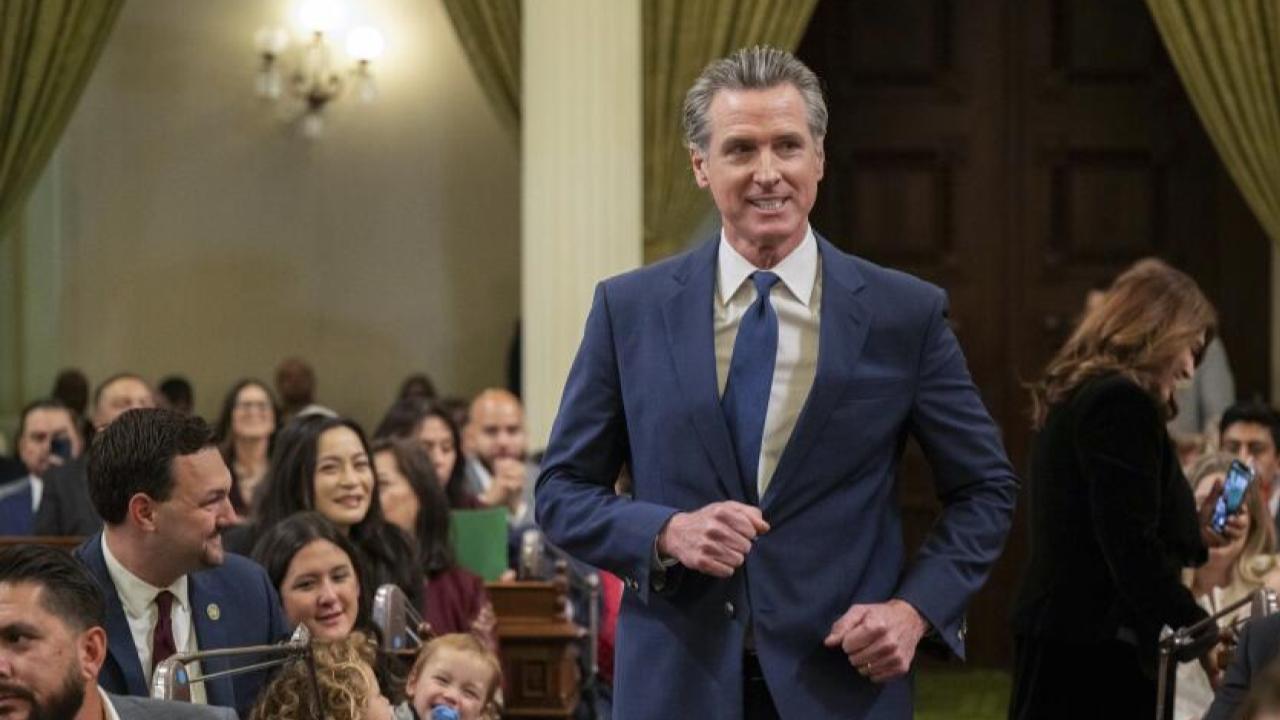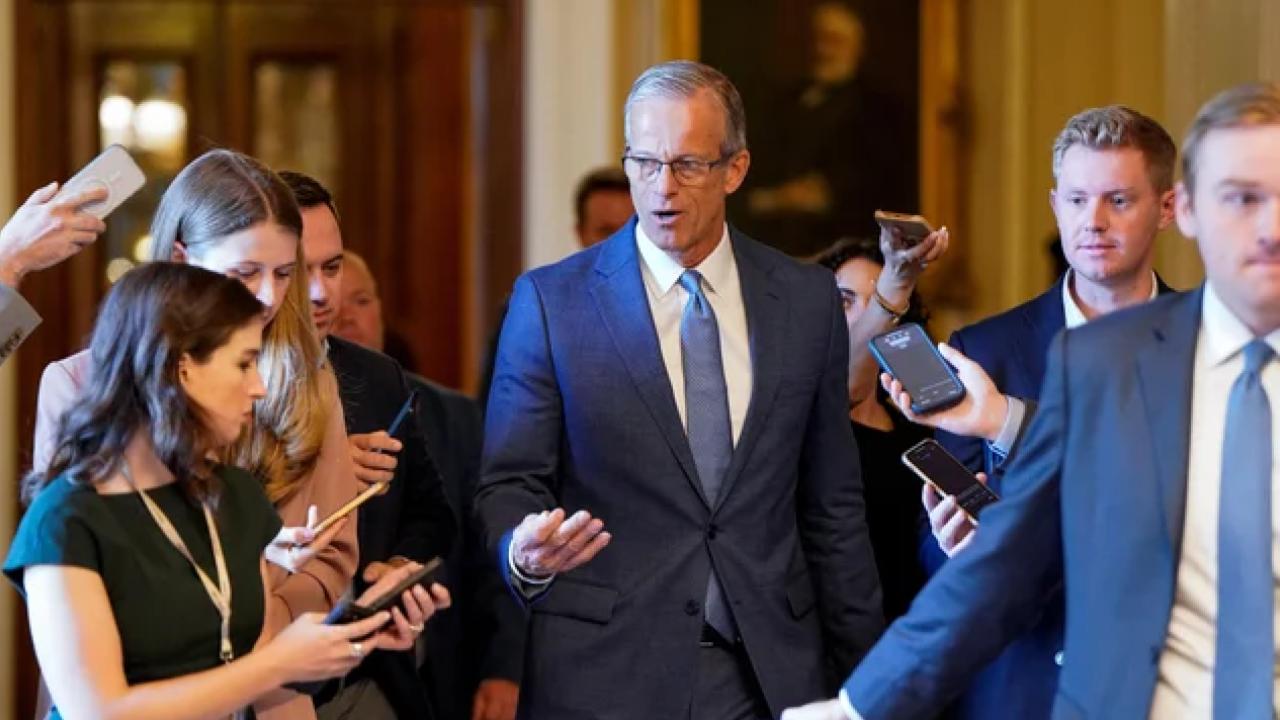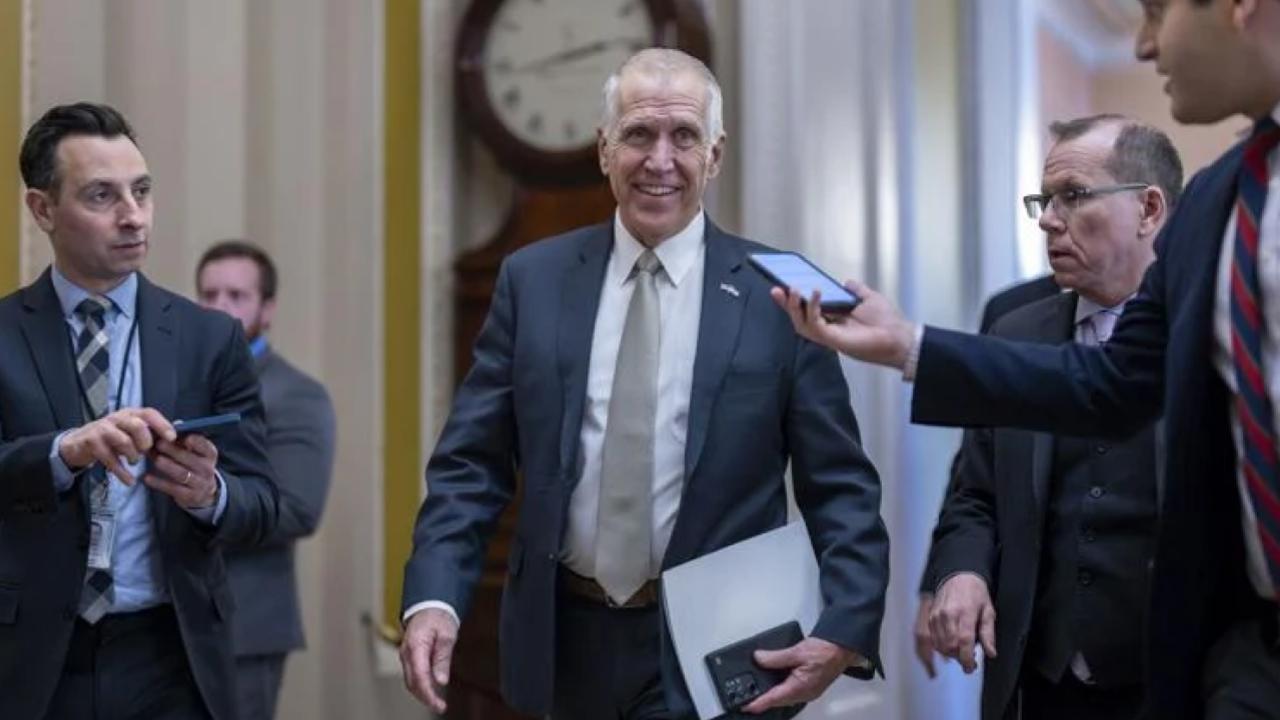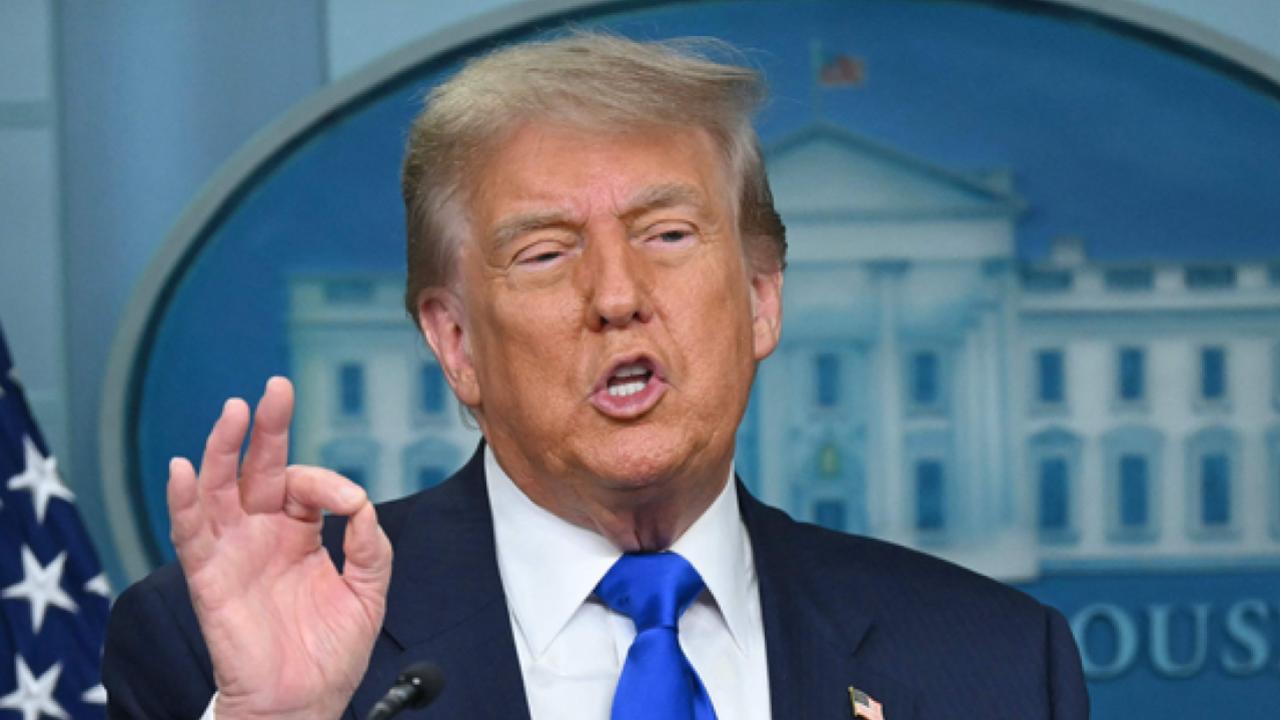Donald Trump has quietly—and aggressively—declared one emergency after another since returning to office, invoking powers that sidestep Congress and stretch the boundaries of what “emergency” even means. If that doesn’t make you nervous, it should.
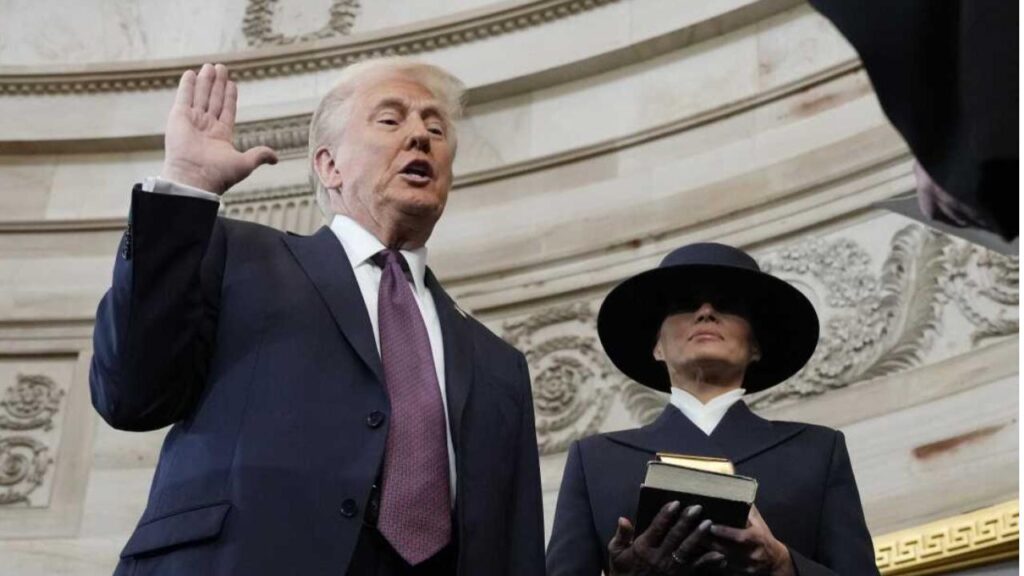
Trump Quietly Declares Emergency After Emergency
| What’s Happening | Stat |
|---|---|
| Trump declared more emergencies in his first 100 days than any modern president | 8 |
| These unlock 150+ extraordinary powers with minimal oversight | 150+ statutes |
| Legal pushback is mounting across multiple states | Ongoing lawsuits |
When emergencies become tools of everyday governance, we lose the very protections that make emergencies tolerable in the first place. Trump may not be the first president to test this boundary—but he’s certainly pushing it the furthest. And if courts and Congress fail to rein it in, the damage might last far beyond his presidency.
What Counts as an “Emergency” Now?
Traditionally, national emergencies responded to wars, natural disasters, or pandemics. Trump has used them to target trade imbalances, sanction foreign institutions, and even justify tariffs. Most recently, he declared one over international court rulings involving U.S. soldiers.
This isn’t about responding to chaos. It’s about using emergency law to pursue policy goals—and that blurs lines we used to hold sacred. “We’ve crossed from emergency management into power management,” said Prof. Annelle Sheline, a foreign policy scholar interviewed by Vox.
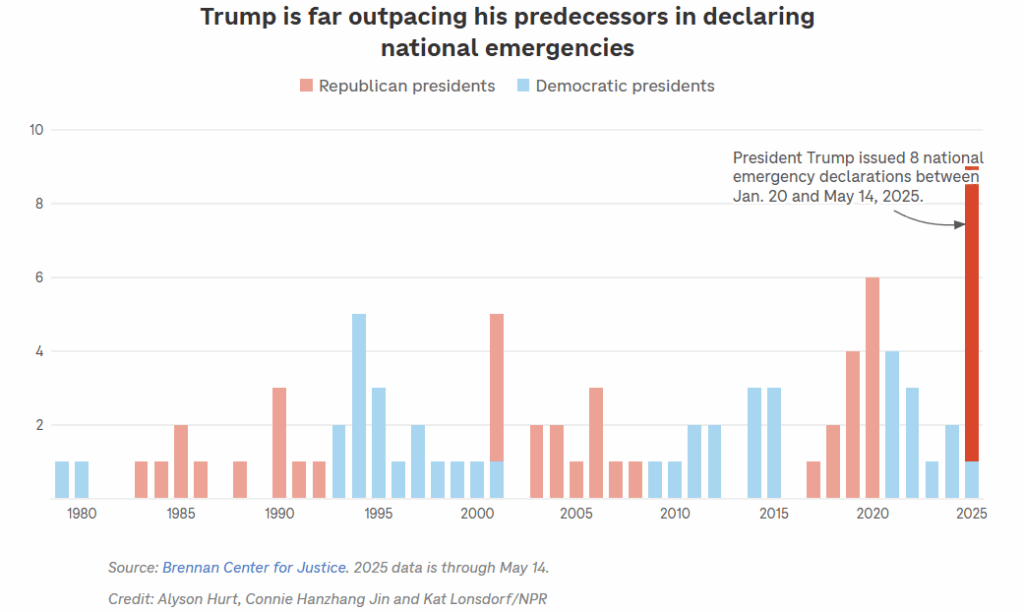
What These Powers Actually Unlock
Each declaration opens a legal toolbox—150+ statutes’ worth. These allow the president to:
- Freeze assets and financial systems (under IEEPA)
- Redirect military funds
- Halt immigration and travel
- Sanction or surveil individuals and entities
- Even seize radio and internet traffic, if justified
These were designed for short bursts of wartime control—not long-term political maneuvering.
Congress Can’t—or Won’t—Stop It
The National Emergencies Act of 1976 was supposed to be a safety rail. In theory, Congress can cancel an emergency. In practice, it requires veto-proof majorities. Trump has vetoed multiple congressional attempts to end his declarations—and prevailed. One proposed reform would automatically expire emergencies after 30 days unless renewed by Congress. But that bill is still in committee.
Courts Are Finally Pushing Back
Trump’s earlier emergency over border wall funding was blocked by federal courts. Now, new cases—especially over trade and immigration—are mounting. California and New York have filed joint suits arguing that “emergency” declarations are being used to impose policies Congress rejected. Legal scholars say the outcome of these cases could redefine presidential power for a generation.
Why It’s a Dangerous Precedent
Even if you support Trump’s goals, the method matters. What one president does with emergency powers, the next may push even further. “Presidential emergency declarations are like steroids,” I once heard a constitutional litigator explain in court. “They’re legal—but only for short-term gains, and long-term use breaks the body.”
That stuck with me. I’ve covered executive overreach for more than a decade. Never have I seen the emergency system used so routinely—and so quietly.
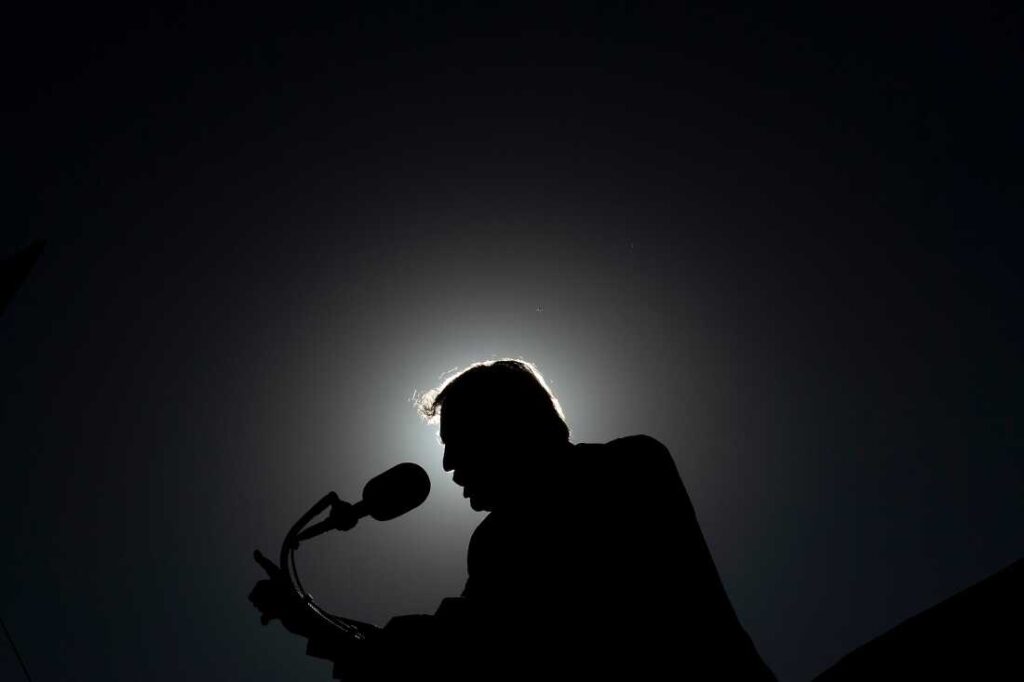
What To Watch For Next
- Upcoming court rulings: Especially in the 9th Circuit, where judges are skeptical of Trump’s justifications.
- New declarations: Analysts warn Trump may next invoke emergency powers to control border crossings or foreign aid.
- Legislative reforms: A bipartisan bill to limit emergencies to 30 days unless ratified by Congress is gaining support.



